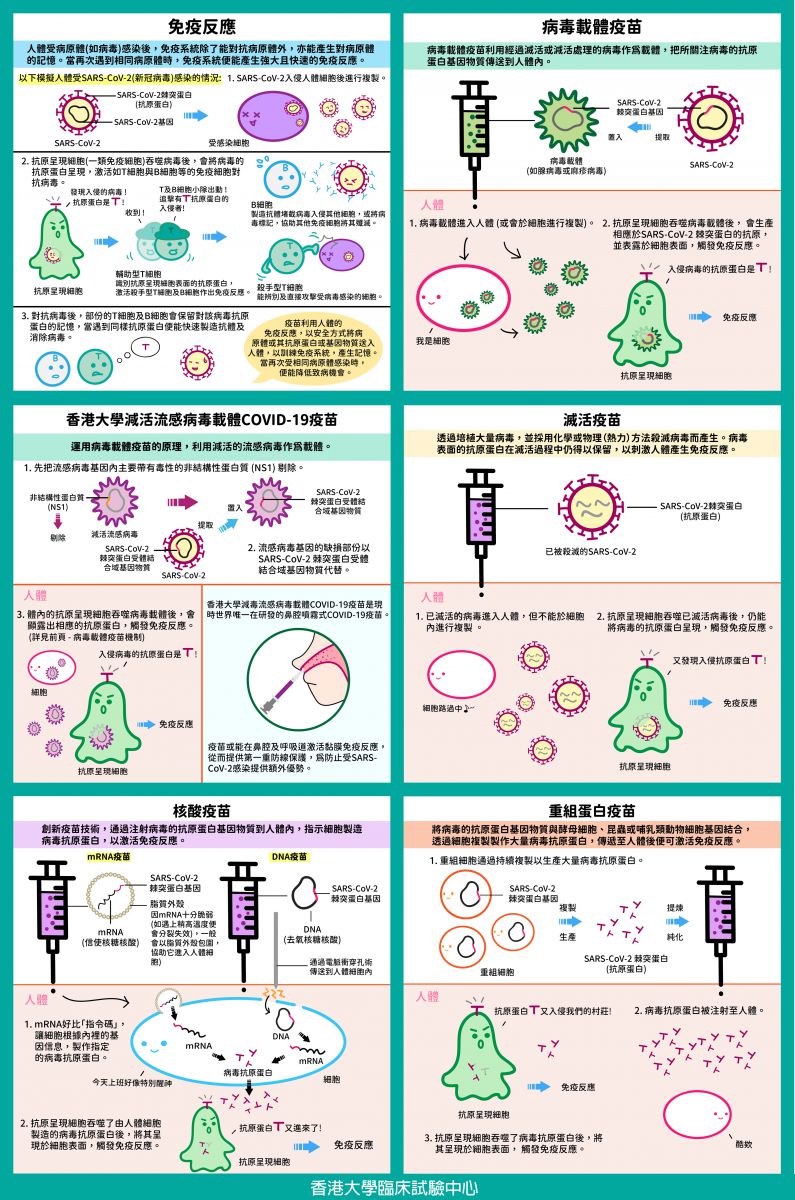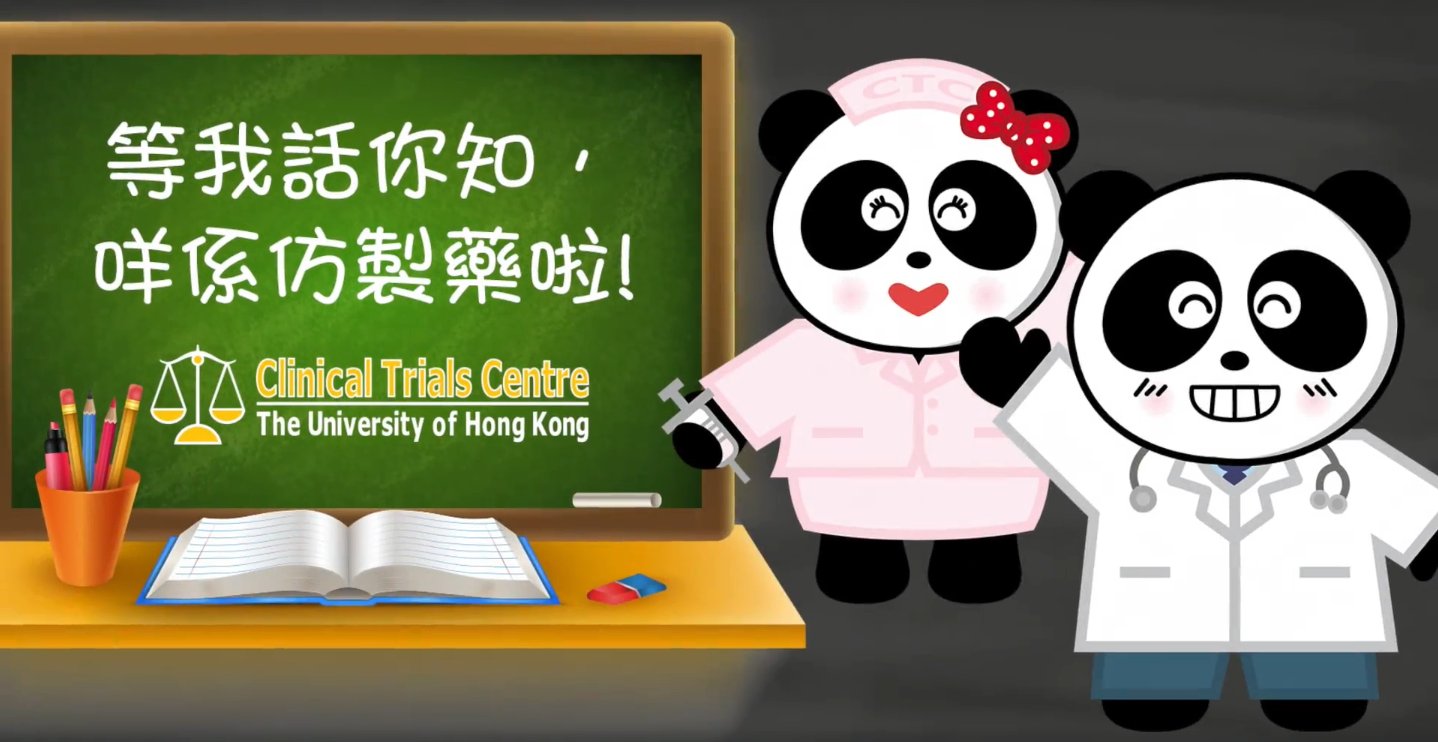[Pharma Tips] Can I take medications with beverages other than water?
08/05/2022

As an old saying goes, “Good medicine for health tastes bitter. But the truth is, the bitterness of a medicine makes it tough to swallow. When my younger self was taking pills, wild thoughts often pop up – can we take the medicines with beverages other than water, say, milk or juices?
Most pills or capsules should be taken together with water, as some drugs might interact with food or beverages. For example, some medicines should not be taken with milk. Calcium in dairy products interfere with certain medications and affects the absorption.
Other common example is grapefruit-drug interaction. No matter it is whole fruit, freshly squeezed juice or concentrate, the interaction comes in all forms and they can all inhibit an enzyme cytochrome P450 3A4 in liver and impacts the drug metabolism, hence leading to a high dose of drug in blood (eg. Statins, a cholesterol lowering drug). Some other citrus fruits like Seville oranges and bergamots will also cause the same interaction.
[Pharma Tips] How to determine the dosing interval?
06/04/2022

Do you follow the standard intervals indicated on the drug label and take your medicines on time? Why are some drugs only taken once daily, while some need to be taken for more than 4 times a day? Some people might also think that the more medicines one takes, the faster the recovery. Is it true?
Number of doses per day is affected by a bunch of factors, one of which is the metabolic rate of a drug in human body. If the metabolic rate is fast, the daily dose would be higher so as to maintain a steady drug concentration in your body. You should follow the instuctions and take the medications on time. Never take more or less medicines than prescribed. Overdose will cause toxicity, while insufficient dosage will affect the treatment.
The dosing interval is determined by the number of daily doses. Unless specified by your doctor, the dosing interval is as follows:
- 1 time a day: Every 24 hours and taken at the same time every day
- 2 times a day: Every 10-12 hours
- 3 times a day: Every 6-8 hours
- 4 times a day: Every 4-6 hours
[Pharma Tips] Vaccine Technology for COVID-19 at a Glance
26/02/2021
Formulation of effective vaccine strategies for COVID-19 is not straight forward as the immune responses to COVID-19 in humans are still unclear. Application of various technologies would be necessary for developing safe and effective vaccines, as different vaccine technologies may be needed for different population. Immediately after the release of the genome sequence of SARS-CoV-2 in January 2020, multiple vaccine technologies have been investigated and proceeded to different stages of pre-clinical and clinical trials.
Below are the current major vaccine technologies for COVID-19 and their respective mechanisms:
Immune Response
When the human body is infected by a pathogen (e.g. virus), the immune system may fight the pathogen and develop memory towards it. When the same pathogen is encountered again, the immune system may establish strong and rapid immune responses.
By utilizing the human immune responses, vaccines may train the immune system to recognize a pathogen by safely delivering the pathogen or its antigen or genetic material into the human body. Therefore, when the human body is exposed to the same pathogen again, the chance or severity of infection may be lowered.
5 Types of Vaccine Technology
Viral Vector Vaccine
Viral vector vaccine uses a virus without virulence as a vehicle to deliver the genetic material of the antigens of the virus of interest into human body. The genetic material of the viral antigens uses human cells’ machinery to produce the respective antigens and presented on the cell surface, the immune system will then react.
Viral vector vaccine has been extensively studied to fight against infectious diseases, including influenza, HIV and Ebola etc. The most common viral vector platform used for vaccine production is adenoviral vector. A recently approved COVID-19 viral vector vaccine by regulatory authorities uses adenovirus as vehicle to deliver the genetic material of the spike protein of SARS-CoV-2 into human cells, at where the spike protein is expressed, and trigger the immune system to produce antibodies and T-cell responses.
HKU’s Flu-based Live Attenuated Viral Vector COVID-19 Vaccine
The HKU’s flu-based live attenuated viral vector vaccine uses attenuated influenza virus as the viral vector. Its key virulent element, non-structural protein NS1 is removed which makes the influenza vector severely attenuated, and this knock-out region is replaced by the genetic material of the receptor binding domain (RBD) of SARS-CoV-2 spike protein. The RBD of SARS-CoV-2 spike protein will eventually trigger the immune response following the above viral vector vaccine mechanism.
HKU’s flu-based live attenuated viral vector COVID-19 vaccine is the only intranasal COVID-19 vaccine under development worldwide. It might have additional benefit of inducing mucosal immune response in the nasal cavity and respiratory tract, and offer a first line protection against SARS-CoV-2 infection. The phase 1 clinical trial of this vaccine will be conducted in HKU Phase 1 Clinical Trials Centre, and is under preparation by Department of Microbiology, Department of Medicine and Clinical Trials Centre of the University of Hong Kong.
Inactivated Virus Vaccine
Through cultivation of a large amount of viruses and killing the viruses by chemical or physical (heat) technology, inactivated virus vaccine is produced. Immune responses are triggered by the preserved antigens presented on the viral surface. Since inactivated viruses could not replicate by themselves, the quantity of virus required will be large, which may result in higher dosage level and multiple vaccinations. This vaccine production technique has been long established and been applied to vaccines against influenza, polio and rabies etc. Currently, some COVID-19 vaccines approved by regulatory authorities have adopted this inactivated virus vaccine technique.
Nucleic Acid Vaccine
Nucleic acid vaccine against infectious diseases is an innovative vaccine technology. Currently, mRNA (messenger RNA) and DNA vaccine technologies are under active development worldwide against COVID-19. Both technologies aim at triggering immune responses through injecting genetic materials coded for the spike protein of SARS-CoV-2 into human bodies.
mRNA vaccine: Encased in a lipid coat, mRNA carrying the genetic information of viral antigens is injected into human body, where it instructs ribosomes to synthesize viral antigens. Immune responses are then triggered.
DNA vaccine: The DNA plasmid with the genetic information of the viral antigens is transmitted into human cells through electroporation, and then is translated into viral antigens through mRNA. Immune responses are then triggered.
Recombinant Protein Vaccine
The genetic materials of the viral antigens are delivered into yeast cells, insect (baculovirus) or mammalian cells to express viral antigens. These recombinant cells continue to multiply and produce large quantity of viral antigens. The viral antigens will be extracted from the cells and purified, of which recombinant protein vaccine is produced.
Immune responses will be triggered by the viral antigens once the vaccine is injected into human body. This technology has been adopted for producing Hepatitis B vaccine and Human Papillomavirus vaccine. Through the expression of antigens of SARS-CoV-2 (e.g. spike protein), recombinant protein vaccine could be developed for fighting against COVID-19.
[Pharma Tips] What is Generic Drugs?
14/05/2018
Everyone of us should have taken generic drugs before, but how much do you know about this. HKU-CTC produced a short video named ‘What is Generic Drugs?’ to introduce the concept of generic drugs and bioequivalent study to the general public, and was aired on Facebook on December 30, 2017. Dr. Tommy Cheung (Deputy Medical Director, HKU Phase 1 Centre) together with our lovely kids jointly talk about a story on generic drugs in this video.




